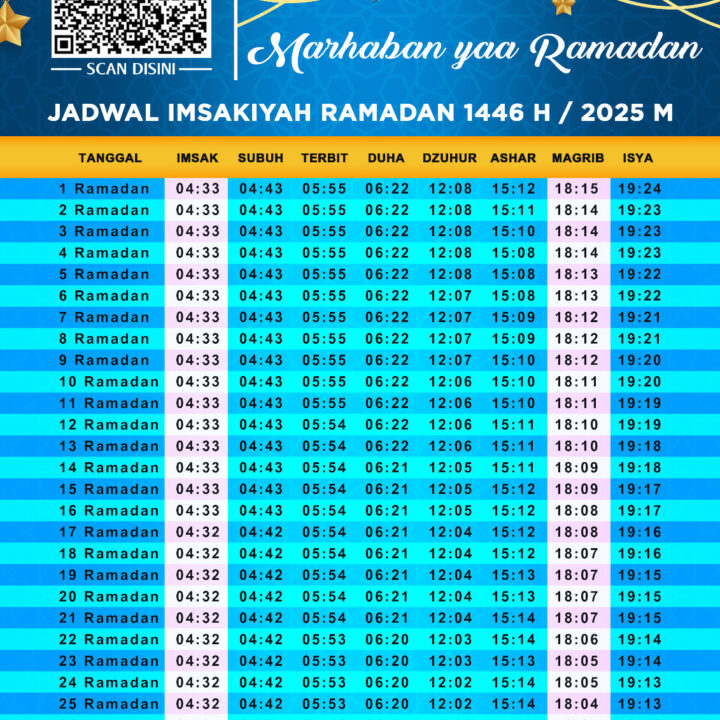How to Interpret Data from the Aviator Predictor Effectively
How to Interpret Data from the Aviator Predictor Effectively
Interpreting data from the Aviator Predictor requires a strategic approach that combines analytical skills with a clear understanding of the tool’s capabilities. The main topic of this article focuses on guiding you through the essential steps and techniques needed for effective data interpretation, along with specific methods to maximize the benefits derived from this predictive tool.
Understanding the Aviator Predictor Data
Before diving into interpretation, it’s crucial to understand the foundational aspects of the Aviator Predictor data. Typically, this data includes historical performance metrics, predictive analytics, and various outputs like winning probabilities. To effectively interpret this data, consider the following core components:
- Historical Data: Analyzing past trends to recognize patterns.
- Probabilities: Assessing the likelihood of various outcomes based on data inputs.
- Metrics: Understanding key metrics that drive the predictions, like average win rates.
- Contextual Factors: Considering external factors that may influence data results.
Steps to Analyze Data from the Aviator Predictor
Effective analysis of data from the Aviator Predictor involves a systematic approach. Here are the essential steps you should undertake:
- Collect and Organize Data: Gather all necessary data outputs from the Aviator Predictor and organize them for easier evaluation.
- Identify Relevant Trends: Look for noticeable trends in the data, such as increasing or decreasing win probabilities over time.
- Compare Against Benchmarks: Utilize established benchmarks or historical averages for comparison to evaluate the predictive accuracy.
- Utilize Visual Aids: Incorporate charts and graphs to create a visual representation of the data, making it easier to digest and analyze.
- Consult Experts: Engage with experienced analysts or platforms that specialize in statistical data interpretation for deeper insights.
Utilizing Statistical Tools for Better Insight
Once you have collected and organized your data, utilizing the right statistical tools can significantly enhance your interpretation process. Software like Excel, R, or Python can aid in performing complex calculations that may provide a deeper understanding of your data trends. Consider these analytics techniques:
- Regression Analysis: To understand relationships between variables and predict future outcomes.
- Descriptive Statistics: To summarize the basic features of the data and provide simple summaries about the sample.
- Time-Series Analysis: To analyze data points collected or recorded at specific time intervals.
Common Pitfalls to Avoid When Interpreting Data
Even seasoned analysts can fall prey to common mistakes in data interpretation. Here are a few pitfalls to avoid:
- Ignoring Context: Always consider the context behind the data to prevent misinterpretations.
- Selective Reading: Avoid only focusing on segments of the data that support your hypotheses while ignoring those that contradict.
- Overlooking Errors: Ensure to verify data sources and calculations to minimize errors that could skew results.
- Confirmation Bias: Refrain from interpreting data that simply confirms existing beliefs without considering alternative viewpoints.
Conclusion
Interpreting data from the Aviator Predictor effectively is a multifaceted process that requires a blend of analytical understanding, strategic organization, and avoidance of common pitfalls. By thoroughly understanding the data, following a clear analytical process, and utilizing the right statistical tools, you can gain valuable insights that enhance your decision-making capabilities. Always remember that data interpretation is not just about numbers but about the story those numbers tell play Glory Casino Aviator.
FAQs
1. What is the Aviator Predictor?
The Aviator Predictor is a tool designed to provide predictive analytics based on historical data and trends in various domains.
2. How can statistical analysis tools improve data interpretation?
Statistical tools help in revealing patterns, performing complex calculations, and generating visual aids that simplify understanding of data.
3. What are the main components of interpreting data from Aviator Predictor?
The main components include understanding historical data, probabilities, metrics, and contextual factors affecting predictions.
4. What common mistakes should I avoid when interpreting data?
Avoiding context neglect, selective reading, overlooking errors, and confirmation bias are key to accurate data interpretation.
5. How can I ensure the accuracy of the data I’m interpreting?
Ensure that your data sources are reliable, verify calculations, and utilize benchmarks for comparison to maintain accuracy.






Recent Comments